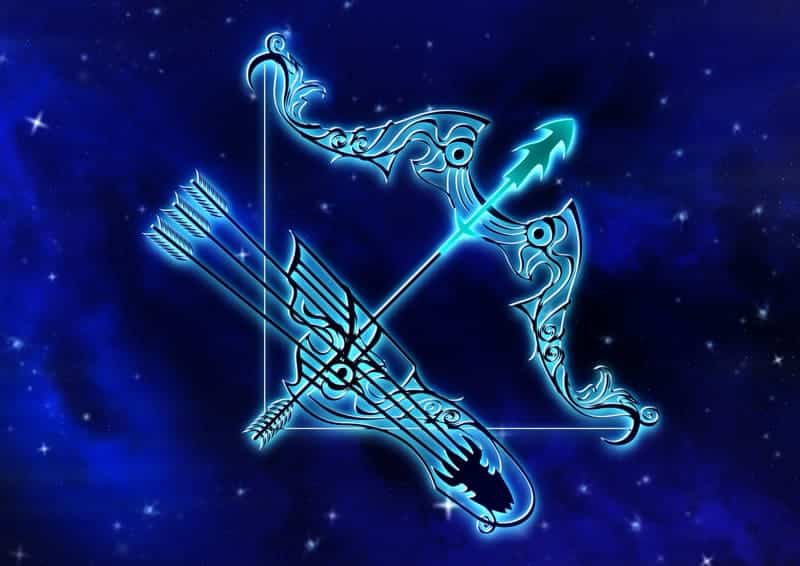One thing that sets Easter Sunday apart from other Christian holidays—the most revered—is that its date is never set in stone. Like other important holidays, Easter is inextricably linked to history, religion, and astronomical happenings. This “movable feast” can occur anytime between March 22 and April 25. It is celebrated annually on the first Sunday after the first full moon following the spring equinox. The early Christians developed this unusual method of calculation, whose origins are linked to the Jewish calendar and the timing of Passover. Both are based on the lunar cycles, which link Easter to the natural cycles of the moon and Earth and ancient customs.
Reasons Behind the Circulation of Easter Dates
Jesus Christ’s resurrection, a cornerstone of the Christian faith, and tying the holiday by basing it on astronomical events demonstrate an unusual convergence of religion and science. This significant day takes on a unique character because of the changing date. Countries and communities all over the world adapt their rituals to the annual change, ensuring that millions of people will always remember it.
The Astronomical Connection
Cosmological rhythms determine the shifting Easter date. Easter is usually celebrated around March 21 on the first Sunday after the first full moon after the vernal equinox. It is connected to the lunar calendar by this method of calculation, whose ever-changing date reflects the natural world. Its message of hope and new life is appropriately centered on the spring equinox. It is a significant astronomical event that marks the point at which day and night are equal in length.
Using the lunar phase to calculate it strengthens the connection to nature. The early Christians wanted to keep the connection between Jesus’ death and resurrection. That connection occurred almost immediately after the Passover, while also establishing Easter’s distinct identity. The result is a holiday that is both universal and deeply rooted in its religious heritage. It combines heavenly designs with profound religious meaning.
Historical and Religious Foundations

The theological and historical roots of Easter enrich this amazing celebration. It is the celebration of Jesus Christ’s resurrection, which is a cornerstone of the Christian faith. It is the culmination of biblical prophecy and the embodiment of divine grace and love for Christians. The date’s connection to Passover demonstrates how Jewish and Christian traditions are intertwined with themes of freedom, redemption, and rebirth. The foresight of early Christian leaders in their quest to reconcile faith with natural cycles can be seen in the decision. This link between religion and science demonstrates the inherent resilience, adaptability, and capacity of tradition to endure over time.
Cultural Diversity
The way Easter is celebrated in many cultures and communities has changed as a result of the varying dates. Celebrations take various forms, from colorful parades and egg hunts to solemn church services and family get-togethers. All focus on joy, renewal, and gratitude. It is used as a metaphor for the resurrection and the triumph of life over death in most cultures.
The shift in date has resulted in numerous cultural translations. It is celebrated as a celebration of both spiritual and terrestrial rebirth in colder climates, where the date shift coincides with the gradual arrival of spring. The date frequently coincides with the agricultural calendar in warmer regions, signifying the beginning of a new growth cycle. The message’s common themes of renewal, hope, and growth are brought to light by these natural links.
Conclusion
Easter Sunday is fundamentally a powerful celebration of rebirth, faith, and the timeless triumph of light over darkness. A festival that transcends time and culture is created by its constantly shifting date, closely linked to heavenly cycles. It connects the worlds of science, history, and religion. The holiday’s diversity highlights common themes of hope, resurrection, and unity with nature in addition to demonstrating the persistence of traditional practices. Easter still has a profound impact on the hearts of millions of people, bringing a message that is timeless yet always relevant. It is celebrated with joyous celebration, religious reflection, or simply spending time with those closest to you.









